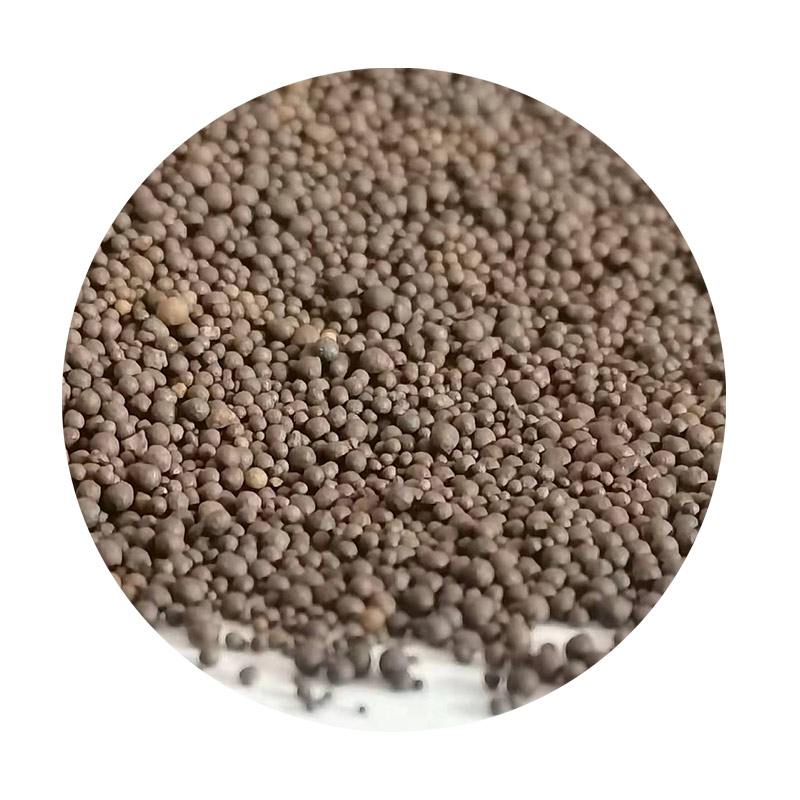Exploring the Possibilities of Wet Sand 3D Printing
In recent years, 3D printing has revolutionized various industries by providing innovative solutions and manufacturing capabilities. Among the various materials explored for 3D printing, wet sand has emerged as a unique option, particularly for applications in construction, art, and environmental restoration. Wet sand 3D printing presents several advantages and challenges, which contribute to its growing interest in both research and practical applications.
Understanding Wet Sand 3D Printing
Wet sand 3D printing involves the use of sand that is mixed with a small amount of water, allowing it to maintain a certain consistency that is conducive to shaping and forming. This technique often incorporates binder jetting, where a liquid binding agent is selectively sprayed onto the sand, solidifying it layer by layer. The result is a complex and detailed structure that can serve various purposes—ranging from architectural prototypes to artistic sculptures.
One major benefit of using wet sand is its accessibility. Sand is abundant and inexpensive, making it a cost-effective material for 3D printing. Additionally, wet sand can easily be sourced from natural environments, which reduces the need for processed materials. In areas where sand is readily available, the use of wet sand can cut down transportation costs and lower the carbon footprint associated with construction and manufacturing processes.
Applications in Construction and Landscaping
The construction industry stands to gain significantly from wet sand 3D printing. One of the most promising applications is the creation of building components that closely resemble traditional architecture but are produced more efficiently. Wet sand structures can allow for intricate designs and customizable features that are often difficult or impossible to achieve with conventional construction methods.
Moreover, wet sand can be used to create landscape features, such as artificial hills, water features, or even sculptural installations in public parks. The ability to form complex shapes at a lower cost and with less waste presents an attractive option for landscape architects and urban planners.
wet sand 3d print

Artistic Expression and Environmental Restoration
Wet sand 3D printing is not confined to construction alone; it opens doors to creative possibilities in the art world. Artists are using this method to create large-scale sculptures and installations that challenge traditional artistic practices. The ephemeral nature of sand art, combined with the sophisticated technology of 3D printing, allows artists to explore new forms of expression while leveraging the playful quality of sand.
Furthermore, wet sand printing may have applications in environmental restoration. Sand can be used to create molds for planting seeds, allowing for more controlled growth in areas affected by erosion or pollution. By designing sand structures that promote vegetation, researchers and conservationists can help restore damaged ecosystems while taking advantage of the natural properties of sand.
Challenges Ahead
Despite its benefits, wet sand 3D printing faces several challenges. One primary concern is the durability of the finished structures. While wet sand can create intricate designs, its mechanical properties may not match those of traditional building materials like concrete or metal. This limitation requires further research and development to enhance the strength and longevity of sand-based structures.
Additionally, the availability and quality of sand can vary widely from one location to another. Factors such as grain size and composition can affect printing accuracy and the final product's strength. Overcoming these obstacles will be key to advancing wet sand 3D printing technologies.
Conclusion
Wet sand 3D printing represents an exciting frontier in manufacturing, construction, and art. Its potential to transform how we approach design and construction, paired with environmental benefits, makes it an area worth exploring. As technology progresses, researchers and practitioners will work to address the challenges of durability and material variability, which will ultimately expand the possibilities of wet sand 3D printing in the world today.
Post time:พ.ย. . 11, 2024 13:59
Next:cast iron sanding
